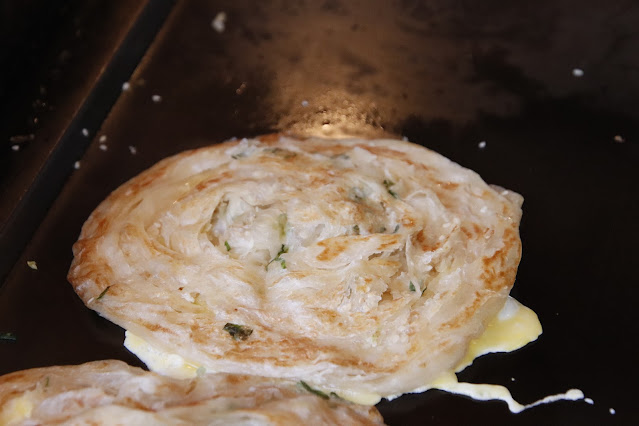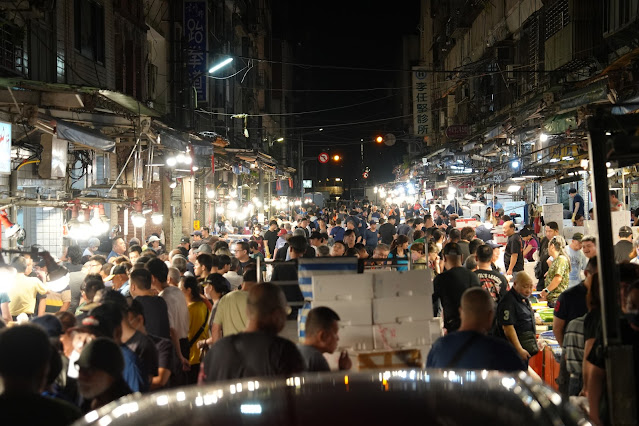Okay, so it’s been a minute since my last post. No, I’m not that lazy, but I had a bit of a health issue, that caused my brain to not function properly. In the words of Rodney Dangerfield, (Taiwanese followers may have to Google him), “I tell you, I'm alright now, but last week I was in rough shape!” So, I’m okay now, and here is my first offering since that catastrophe: “The 14 ½ Minute City.”
For some reason there seems to be a lot of controversy about “fifteen-minute cities.” I really don’t
understand what the controversy is all about.
It just seems super convenient to me.
I can drive my wheelchair to anyplace I need to go in fifteen
minutes or less.
I used to live in Tucson, Arizona. It’s a nice place but everything, and I mean
everything is at least a half-hour drive away.
Forget walking, forget using your wheelchair, forget your mobility
scooter, you have to take the car…and if you don’t drive there’s the SunTrans, SunVan and other things but travel and wait time goes way up. Plus, you have to book a ride about a week in
advance. I have to confess, I have no
idea what I’m going to do in an hour, so knowing what I’m going to do in a week
seems like an impossible thing. I may
feel good when I book the ride and not good when it’s time to go.
But where I live, Taoyuan City, Taiwan, the city seems to be
built on the idea that convenience is important. Back when I was writing the original “Taiwan Adventure
Blog”, I made the comment that there didn’t seem to be any city planners. I was
wrong. The city seems to be planned
around convenience.
Within a fifteen-minute walk from my apartment there
are: five medical clinics (just on my
block, alone), a shopping mall with a Carrefour Supermarket, with a movie
theater, and lots of specialty shops, a large traditional market, two barbershops,
four real estate offices, three veterinarians, two mechanics, a whole bunch of
temples, and about a million different restaurants and lunchbox shops, and least
three city parks. There’s a bunch of
other stuff, too, that I can’t think of right now. (Maybe my brain is still a little messed up.)
Because of how close everything is, people have a tendency
to walk, or ride bicycles places. They have
an excellent system of bike rentals, where you can use your train card to rent
a bicycle and ride it to wherever you’re going and leave it at the closest
U-bike stand, then pick up another one for the trip back. The first half-hour is free. For a longer
trip, you can rent a Gogoro electric motorcycle in the same way. I have no idea what the cost is for that,
though.
I love the idea of this type of convenience so I can just go
do what I need to do or want to do. I should
mention that I’m especially lucky because I can be out in the rice fields and other
types of natural scenery in a matter of moments too.






















































.JPG)






